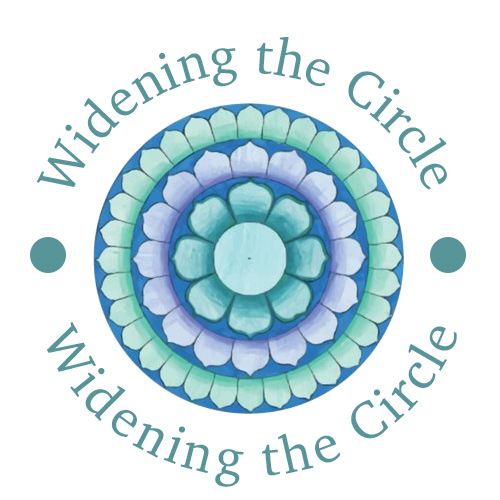Are the same students answering all the questions?
Are students able to hide and fly under the radar in class?
How can we make students' thinking visible throughout the lessons?
How can we create more opportunities for each student to participate meaningfully?
Consider TOTAL PARTICIPATION STRATEGIES!
Intentionally building in moments of student processing is critical for student learning. It helps move students from passive learning methods to more active learning methods, improving retention. It also provides opportunities for feedback for the student and teacher.
"If we were given the opportunity to choose just one tool that could dramatically improve teaching and learning, we would choose Total Participation Techniques as the quickest, simplest, most effective vehicle for doing so."
— Pérsida Himmele & William Himmele
Four Corners
This is a way to get students moving while thinking about a question and discussing responses with classmates. You can incorporate different materials (responding to a prompt related to a video watched, an article read, images, graphs, etc.)
Steps:
- Designate the corners of the room, whether it is 1, 2, 3, 4 or A, B, C, D.
- Then pose a question to students. This could be a content-related question or, if using this as a getting-to-know-you activity or a brain break, a random question. The questions should have four possible/defendable answers.
- Attempt to design the questions so they can elicit an open-ended response, and where more than one answer choice could be correct, depending on justification and rationale.
- Project the question and answer choices on the board.
- Provide students with think time to determine their answer.
- Then signal students to go to the corner that reflects their answer.
- You can have students discuss the reasons for their choice in their corner teams.
- Pairs within corners or entire corners, depending on size
Then call on a student or two from each corner to explain/justify their choice.
Take a Stand
This strategy is a way to get students moving and justifying answers with reasoning.
Steps:
- A statement is posed to the class and projected on the board.
- The statement should be debatable with more than one correct answer based on the reasoning.
- Students are given individual think time to process or write down their response.
- Students are instructed to “Take a Stand.” If they agree with the statement, they stand up. If they disagree, they are to remain seated. No matter what, students must be prepared to defend their position.
- The teacher then calls on students standing and sitting to support their “stand.”
- Be sure to call randomly on students and take non-volunteers and volunteers.
- Encourage students to build on each other’s responses
- I agree and would add...
- I disagree because...
- I agree with...but disagree with...because
Can you think of some ways you might be able to implement these strategies in your classroom?
Check Out:
Total Participation Techniques: Making Every Student an Active Learner - Pérsida & William Himmele
Kagan Strategies
Engaging All Learners: Total Participation Strategies Online Course
Download the PDf here

